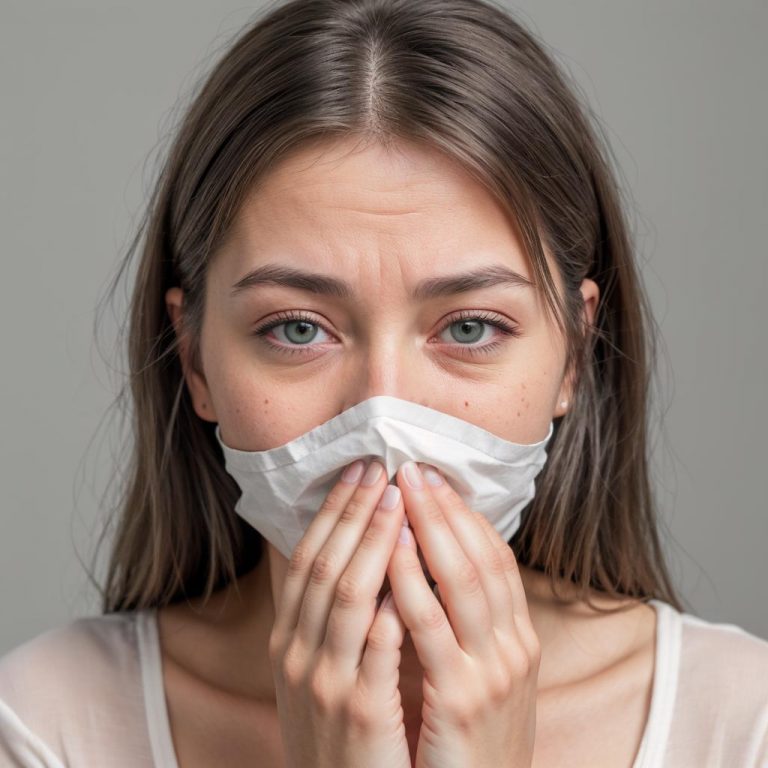
Contact dermatitis is a common skin condition that occurs when the skin comes into contact with a substance that triggers an allergic reaction.
This condition can cause redness, itching, and swelling, and it often develops within minutes to hours after exposure to the allergen. Understanding contact dermatitis and its causes is crucial for effective management and prevention.

Types of contact dermatitis
There are two main types of contact dermatitis: irritant contact dermatitis and allergic contact dermatitis.
Irritant contact dermatitis
Irritant contact dermatitis occurs when the skin comes into contact with a substance that damages the outer layer of the skin. This can happen with repeated exposure to irritants such as harsh chemicals, soaps, and detergents. Symptoms of irritant contact dermatitis may include redness, dryness, and cracking of the skin.
Allergic contact dermatitis
Allergic contact dermatitis occurs when the immune system reacts to a substance as if it were harmful. This type of dermatitis usually develops after repeated exposure to an allergen, such as nickel, fragrances, or certain plants like poison ivy or poison oak. Symptoms of allergic contact dermatitis may include redness, swelling, itching, and the formation of blisters.
Diagnosis
Diagnosing contact dermatitis typically involves a thorough examination of the skin and a review of the patient’s medical history. In some cases, patch testing may be necessary to identify the specific allergen that is causing the reaction. Patch testing involves applying small amounts of various substances to the skin and monitoring for a reaction over several days.
Treatment
Treatment for contact dermatitis usually involves avoiding the allergen that triggers the reaction and taking steps to relieve symptoms. This may include:
Avoiding the allergen
Identifying and avoiding the allergen is essential for preventing further reactions. This may involve making changes to the patient’s environment or lifestyle to minimize exposure to the offending substance.
Topical steroids
Topical steroids can help reduce inflammation and relieve itching associated with contact dermatitis. These medications are available in different strengths and formulations and should be used under the guidance of a healthcare professional.
Moisturizers
Using moisturizers regularly can help hydrate the skin and prevent dryness and cracking, which can exacerbate symptoms of contact dermatitis.
Antihistamines
Antihistamine medications can help reduce itching and discomfort caused by allergic reactions. These medications are available over-the-counter and by prescription.
Prevention
Preventing contact dermatitis involves avoiding exposure to known allergens and irritants whenever possible. This may require reading product labels carefully, wearing protective clothing or gloves when handling chemicals, and taking other precautions to minimize skin contact with potential triggers.
Contact dermatitis is a common skin condition that can cause discomfort and irritation. By understanding the causes and symptoms of contact dermatitis and taking steps to prevent exposure to allergens and irritants, individuals can effectively manage this condition and maintain healthy skin. If you suspect you may have contact dermatitis, it’s essential to consult with a healthcare professional for proper diagnosis and treatment.



